Most famous landmarks have one iconic view—the angle on postcards, social media, and travel guides. But there’s something special about experiencing these places from their less-photographed sides.
These alternative vantage points often provide a fresh perspective, fewer crowds, and sometimes even more impressive views than their famous fronts. Here is a list of 20 landmarks worldwide that truly shine when viewed from their alternative angles, proving that sometimes the road less traveled offers the most rewarding experiences.
Half Dome from Cloud’s Rest, California
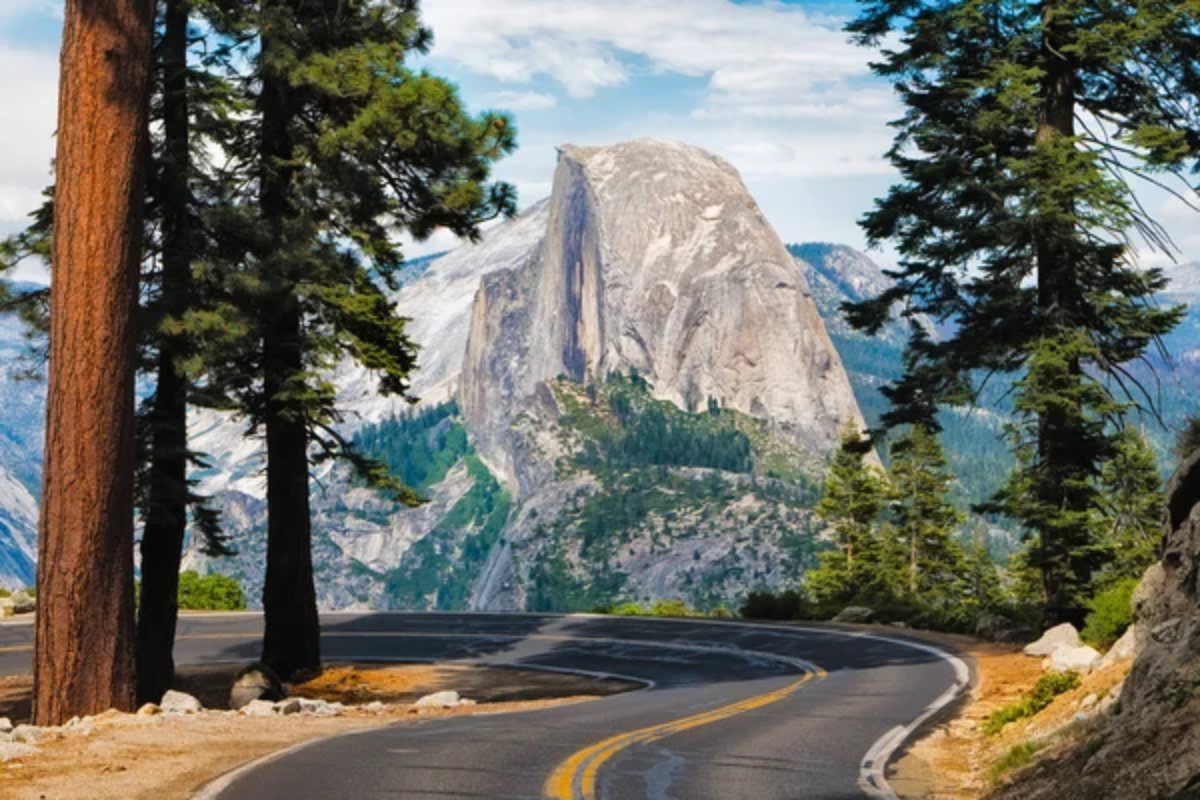
Everyone knows the iconic front view of Half Dome from Yosemite Valley, but hiking to Cloud’s Rest delivers a completely different experience. From this elevated back perspective, you can see Half Dome’s dramatic profile alongside the Sierra Nevada mountain range stretching into the distance.
The panorama includes the valley and the high country, offering context that the front view simply cannot provide.
Taj Mahal from Mehtab Bagh, India

While millions crowd the main entrance of the Taj Mahal, crossing the Yamuna River to Mehtab Bagh (Moonlight Garden) provides a breathtaking alternative. You can admire the ivory-white marble reflected in the river at sunset from this garden complex directly behind the monument.
The symmetrical layout of the gardens frames the Taj perfectly, creating a serene viewing experience away from the main hustle of tourists.
Like Travel Pug’s content? Follow us on MSN.
Statue of Liberty from Brooklyn, New York

The standard ferry approach to Liberty Island is impressive, but viewing Lady Liberty from Brooklyn’s shoreline provides a different perspective. From this distance, you can appreciate how the statue stands against the Manhattan skyline, creating a powerful juxtaposition of America’s historic symbol against its modern metropolis.
The statue appears to be watching over the city, embodying its role as a guardian of New York Harbor.
Eiffel Tower from Rue de l’Université, France
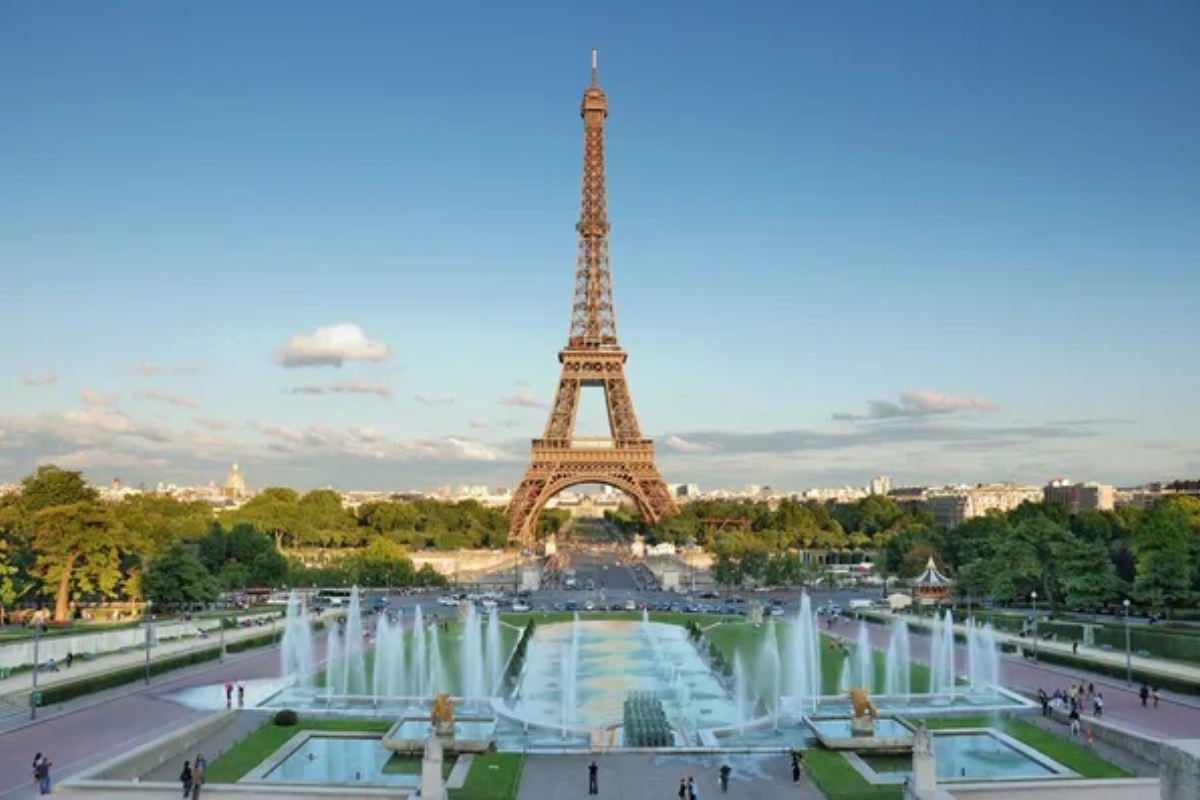
Everyone photographs the Eiffel Tower from the Champ de Mars or Trocadéro, but the narrow residential street of Rue de l’Université offers a charming alternative. From this vantage point, the tower rises dramatically above classic Parisian buildings, strikingly contrasting with the iron giant and traditional Haussmann architecture.
The perspective makes the tower feel genuinely integrated into the neighborhood rather than standing as a separate tourist attraction.
Grand Canyon from Toroweap Overlook, Arizona
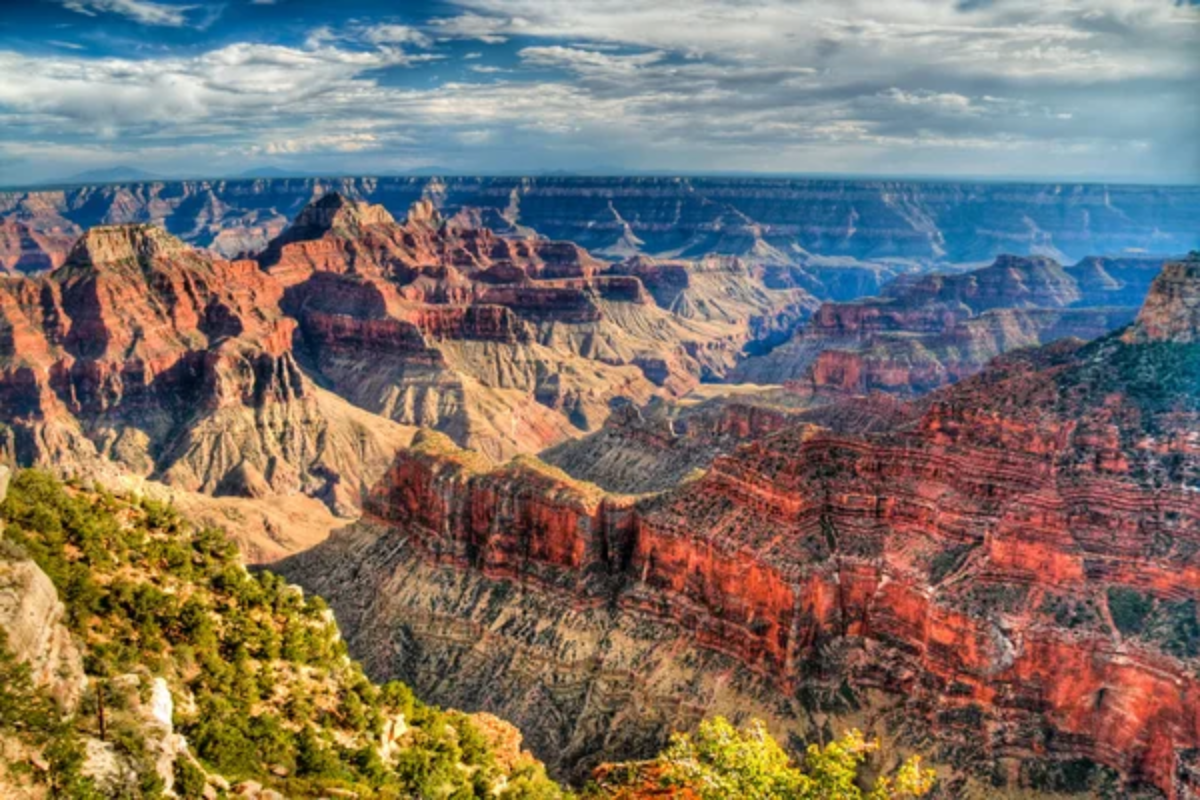
The South Rim viewpoints get all the attention, but Toroweap Overlook on the North Rim provides a drastically different Grand Canyon experience. From this remote location, you gaze straight down a 3,000-foot cliff to the Colorado River, which appears close enough to hit with a thrown stone.
The lack of safety railings and near-vertical drop creates an intimate, visceral connection with the canyon that standard regulated viewpoints cannot match.
Like Travel Pug’s content? Follow us on MSN.
Machu Picchu from Huayna Picchu, Peru

The classic postcard view of Machu Picchu is spectacular, but climbing Huayna Picchu (the peak behind the ruins) transforms your understanding of this ancient city. From this elevated back position, the full layout of Machu Picchu becomes clear—you can see its sophisticated urban planning, agricultural terraces, and how it sits within the surrounding sacred landscape.
The birds-eye perspective reveals details invisible from ground level.
Colosseum from Oppian Hill, Italy

Tourists flock to the main entrance, but viewing the Colosseum from nearby Oppian Hill provides a more contemplative experience. From this elevated park area, the ancient amphitheater stands dramatically against Rome’s skyline with far fewer crowds.
The perspective simultaneously showcases the intact and damaged sections, completely understanding the structure’s history and design.
Mount Rushmore from Presidential Trail, South Dakota

The standard viewing platform offers the classic frontal view of Mount Rushmore, but hiking along the Presidential Trail to its southern section provides a completely different experience. From this angle, you can see the presidents in profile, appreciating Gutzon Borglum’s sculpture’s remarkable depth and dimension.
The perspective reveals details of Washington’s nose and Roosevelt’s glasses that aren’t visible from the front.
Like Travel Pug’s content? Follow us on MSN.
Sydney Opera House from Cremorne Point, Australia
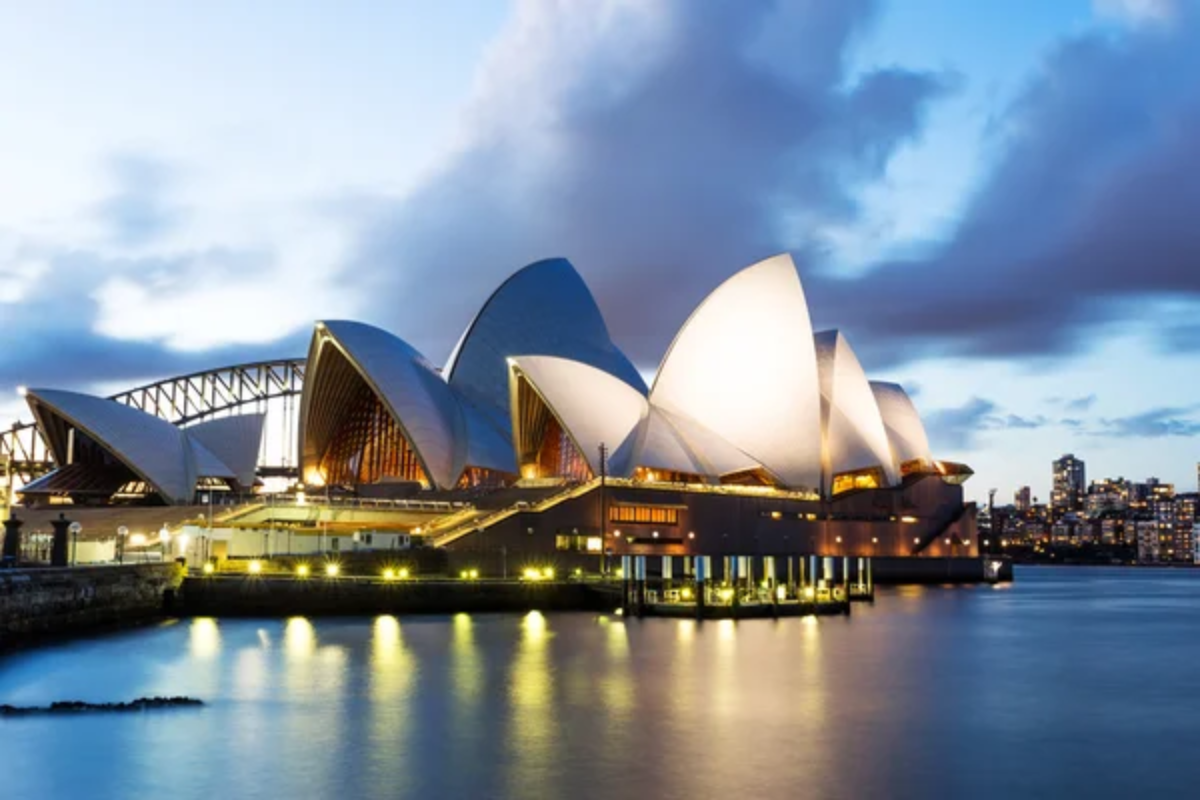
Everyone photographs the Opera House from Circular Quay, but Cremorne Point across the harbor offers a superior vantage point. This quiet residential area shows how the Opera House’s iconic sails interact with the Sydney Harbour Bridge and the city skyline.
The distance provides a perfect proportion, allowing you to appreciate how the building’s design mirrors the harbor setting that inspired it.
Great Wall of China from Jiankou, China

While restored sections like Badaling attract mass tourism, the unrestored Jiankou section provides a wildly different Great Wall experience. You witness the wall’s natural state from this more rugged area, winding dramatically across jagged mountain ridges without modern interventions.
The crumbling watchtowers and weather-worn stones tell a more authentic story of the wall’s age and original purpose as a defensive barrier.
Stonehenge from Normanton Down, England
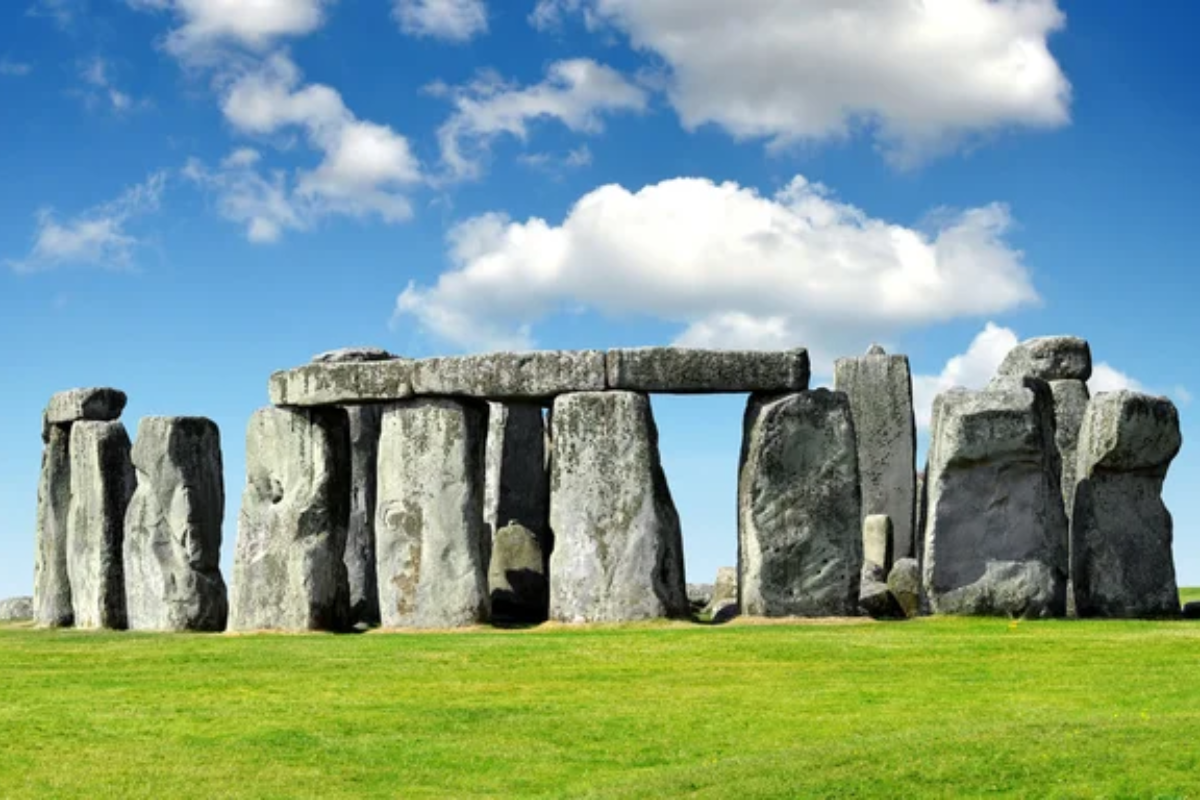
The standard tourist path around Stonehenge keeps visitors at a distance, but viewing it from Normanton Down burial mounds to the south reveals its place within a complex prehistoric landscape. From this perspective, the stone circle appears connected to numerous burial mounds and other ancient monuments.
This broader context helps explain why Stonehenge wasn’t built in isolation but as part of a vast ceremonial landscape.
Like Travel Pug’s content? Follow us on MSN.
Niagara Falls from Cave of the Winds, New York
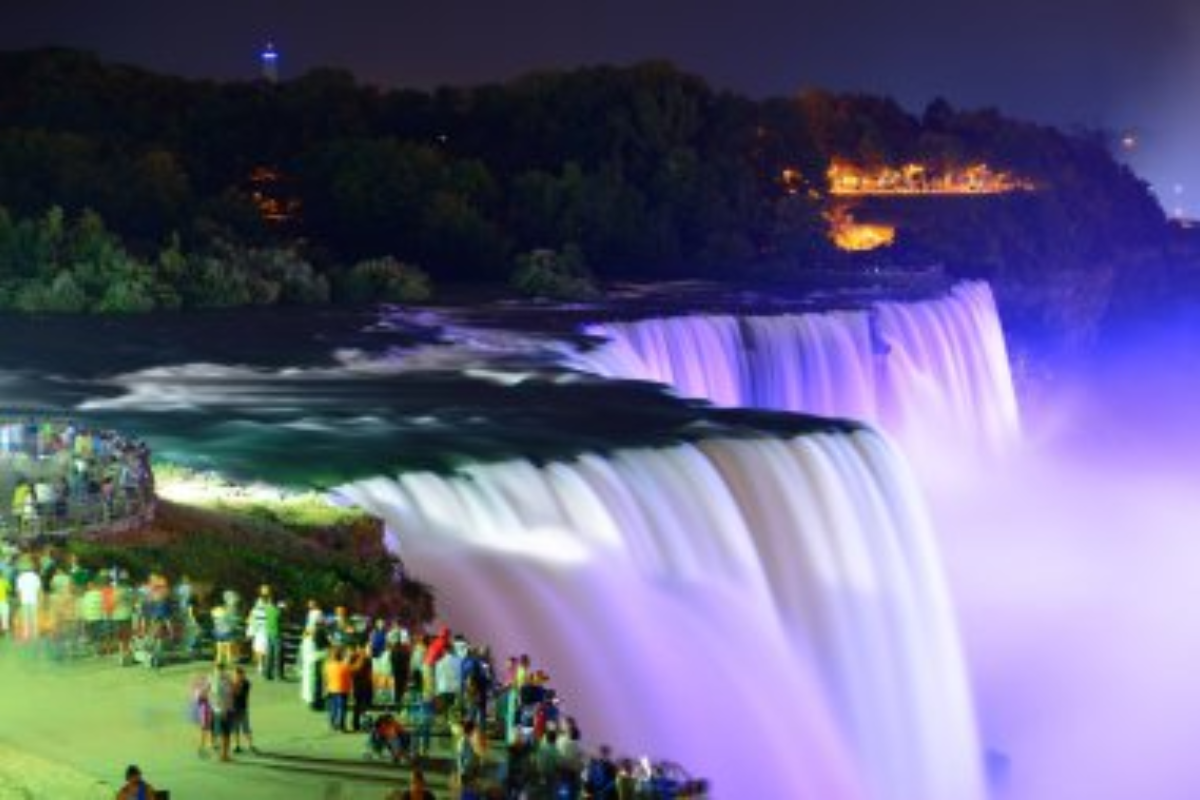
The standard observation decks provide sweeping views of Niagara Falls. Still, the Cave of the Winds tour takes you to the base of the American Falls for a completely different experience.
From this position behind and beneath the cascade, you feel the raw power of 150,000 gallons per second crashing down just feet away. The perspective transforms the falls from a distant spectacle into an immersive natural force.
Petra Treasury from Al-Khubtha Trail, Jordan

Everyone photographs Petra’s Treasury from the front as it emerges from the narrow Siq, but hiking the Al-Khubtha Trail provides a stunning overhead view few visitors experience. You look down upon the facade from this elevated position and appreciate how the Treasury was carved into the mountainside.
The perspective reveals the true scale of this achievement and its relationship to the surrounding canyon landscape.
Mont Saint-Michel from the Bay, France

The classic approach to Mont Saint-Michel is from the causeway, but viewing it from the mudflats of the bay at low tide offers a magical alternative. From this perspective, you see how the abbey becomes an island during high tide, understanding why it was considered a powerful symbol of isolation and spiritual elevation.
The reflection of the spires in tidal pools creates mirror images that double its dramatic silhouette.
Like Travel Pug’s content? Follow us on MSN.
Angkor Wat from the Western Entrance, Cambodia

While tourists crowd the eastern entrance for sunrise, the rarely-used western entrance to Angkor Wat offers a peaceful alternative experience. This approach shows the temple’s perfect symmetry without crowds, allowing quiet contemplation of its architectural balance.
The western causeway was the original main entrance, providing a more authentic experience of how ancient visitors approached the sacred site.
Christ the Redeemer from Lage Park, Brazil
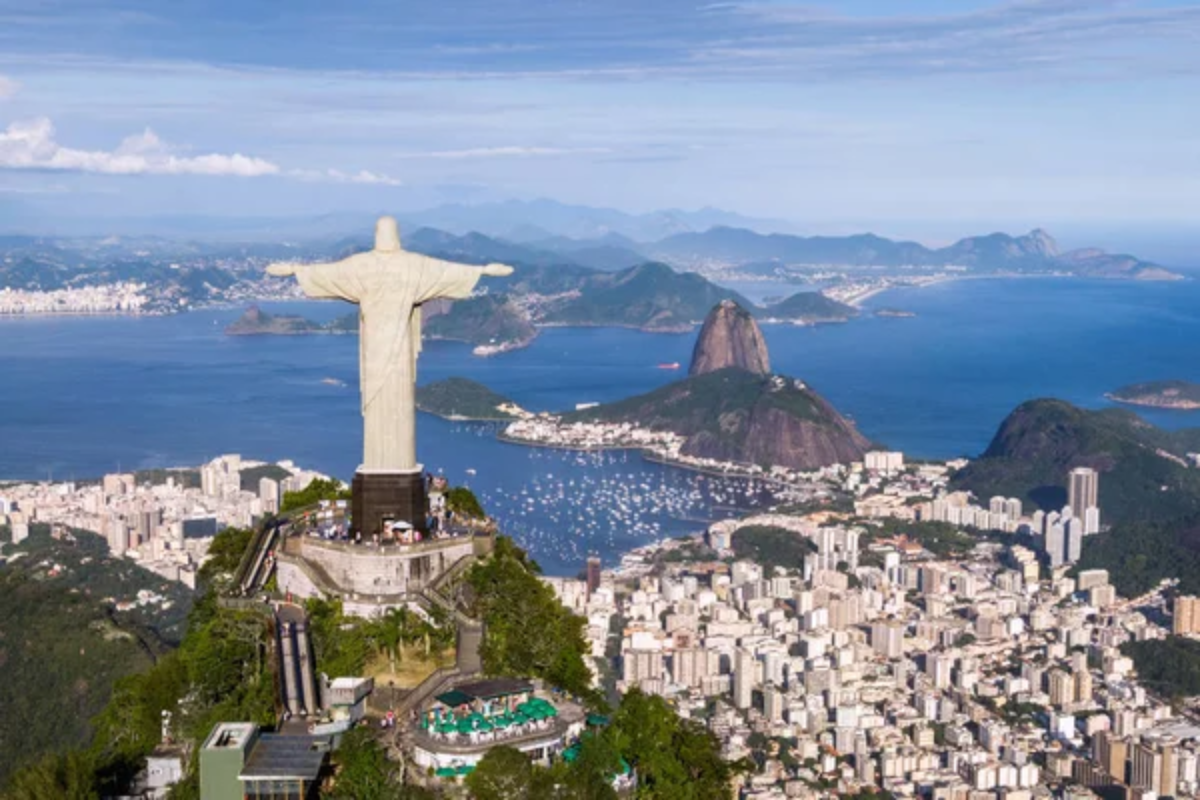
The standard viewing platform at the statue’s base on Corcovado Mountain is often crowded, but Lage Park in Rio’s botanical garden area offers a unique perspective. The distant statue floats above the city from this lush, tropical setting, and Sugarloaf Mountain is visible alongside it.
This composition captures Rio’s remarkable blend of urban development within dramatic natural topography.
Golden Gate Bridge from Marshall’s Beach, California

Everyone photographs the Golden Gate Bridge from Vista Point or Baker Beach, but the smaller Marshall’s Beach offers a superior composition. From this secluded shoreline, dramatic rocks in the foreground frame the bridge’s elegant span, creating depth that standard viewpoints lack.
At sunset, the bridge’s reflection on wet sand creates a doubly golden experience that justifies the extra effort to reach this spot.
Like Travel Pug’s content? Follow us on MSN.
Acropolis from Philopappos Hill, Greece
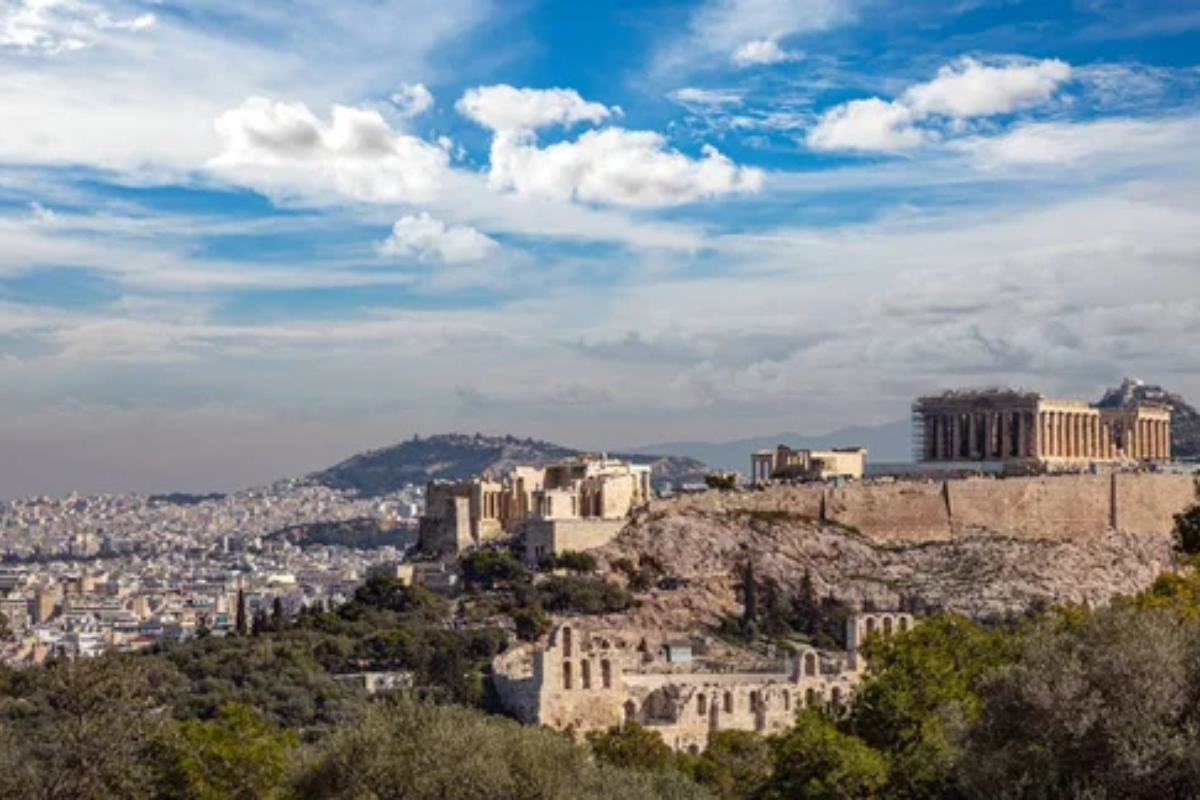
The standard approach to the Acropolis involves climbing directly to the Parthenon, but Philopappos Hill across the valley provides the most photogenic vantage point. This elevation shows how the entire complex sits atop its rocky outcrop, dominating the Athens cityscape.
The perspective reveals the site’s defensive advantages while showcasing how the ancient structures remain prominent in a modern metropolis.
Burj Khalifa from Dubai Water Canal, UAE

Most visitors look up at the Burj Khalifa from its base or view the city from its observation decks, but the Dubai Water Canal provides a refreshing alternative. From this waterside perspective, the world’s tallest building reflects in the canal’s surface, effectively doubling its impressive height.
The foreground of water and promenade adds depth to photographs, creating more interesting compositions than standard upward shots.
Antelope Canyon from Water’s Edge, Arizona
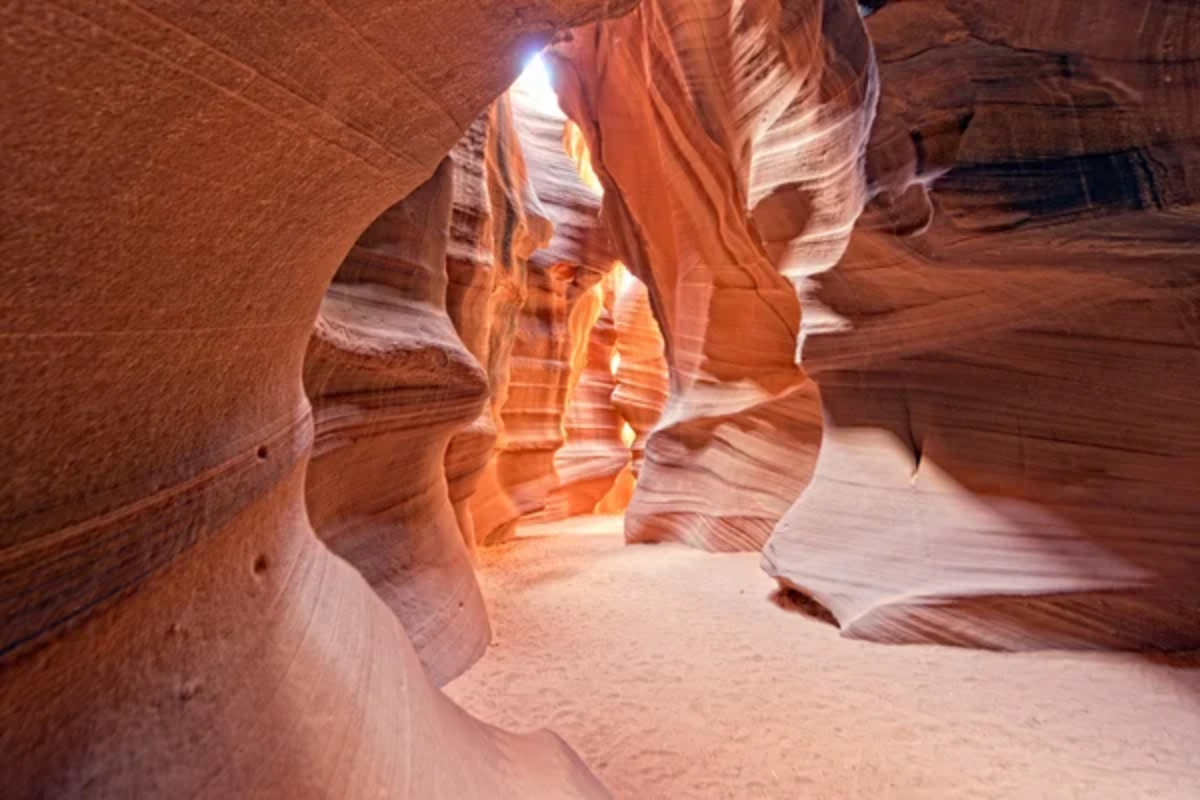
The usual guided tours through Upper Antelope Canyon focus on famous light beams, but viewing the canyon from the water’s edge near Lake Powell offers a completely different experience. From this external perspective, you see how the narrow slot canyon sits within the broader sandstone landscape.
The view reveals how flash floods sculpted these passages over millennia, providing geological context missing from interior tours.
Like Travel Pug’s content? Follow us on MSN.
Beyond the Obvious: Finding New Perspectives
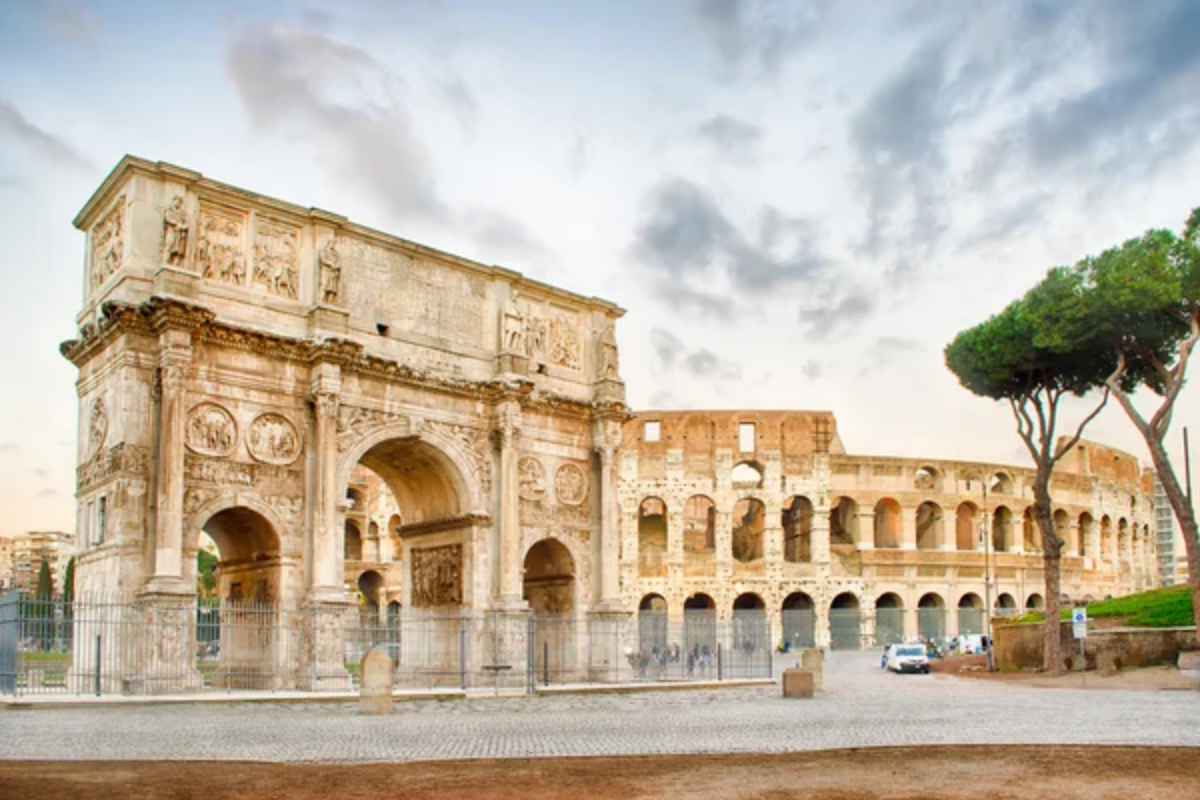
These alternative viewpoints remind us that landmarks aren’t static monuments but living parts of dynamic landscapes that can be experienced in multiple ways. The back sides often reveal the history, context, and natural setting that made these places significant in the first place.
Sometimes the most meaningful travel experiences come from stepping away from the designated viewpoint and finding your unique angle on the world’s most famous places.
More from Travel Pug

- Cities Growing so Fast You Won’t Recognize Them in 10 Years
- 13 Destinations Where Tourists Regularly Regret Their Trip
- 20 Obscure WWII Sites Even History Buffs Don’t Know About
- 10 Under-the-Radar Mountain Towns That Are Both Affordable and Beautiful
- Remote Villages in Europe Where You Can Live for Free in Exchange for Work
Like Travel Pug’s content? Follow us on MSN.
